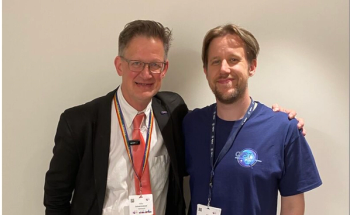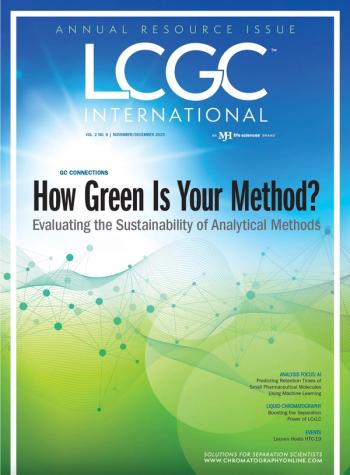
Retrospective Study Sheds Light On Early Work In Charge Determination Mass Spectrometry
A recent study highlights the challenges and triumphs scientists studying charge determination mass spectrometry faced in the mid-1990s.
A recent article published in the Journal of the American Society of Mass Spectrometry highlights the first studies of large highly charged individual molecular ions, which were conducted by Richard D. Smith in the mid-1990s. Smith, a researcher at the Pacific Northwest National Laboratory in Richland, Washington, utilized electrospray ionization with Fourier transform ion cyclotron resonance MS for his groundbreaking work.
The study, titled "Large Individual Ion FTICR Measurements from the Mid-1990s Using Reactions for Charge Determination Mass Spectrometry," focuses on the differences in technologies and methods with current Charge Detection Mass Spectrometry (CDMS). Smith also comments on the surprising individual ion behavior observed in some measurements, involving increases in charge state, and their possible basis.
The study is distinguished from current CDMS primarily by its use of individual ion charge state changes due to reactions for accurate charge determination. Smith discusses the key differences in technologies and methods with present CDMS and the likely implications of these differences.
The research highlights the potential utility of the reaction-based mass measurement approach used in the context of what might more globally be referred to as “Charge Determination Mass Spectrometry”. By looking back at the early days of CDMS, the study provides valuable insight into the development of this important technique and its potential applications in the future.
Smith reflects on the work from a personal and present-day perspective, sharing his experience of the first studies of large highly charged individual molecular ions. The study provides an interesting historical perspective on the development of CDMS, shedding light on the challenges faced by researchers in the mid-1990s and the ways in which they were overcome.
Overall, the study provides valuable insights into the early days of CDMS and highlights the potential of this technique for mass spectrometry in the future. The research provides a strong foundation for future work in the field, building on the pioneering work of Smith and his colleagues. As mass spectrometry continues to evolve and develop, the insights gained from this study will be invaluable for researchers looking to push the boundaries of this important technique.
Reference
Smith, R. D. Large Individual Ion FTICR Measurements from the Mid-1990s Using Reactions for Charge Determination Mass Spectrometry. J. Am. Soc. Mass Spectrom. 2023. DOI:
Newsletter
Join the global community of analytical scientists who trust LCGC for insights on the latest techniques, trends, and expert solutions in chromatography.



